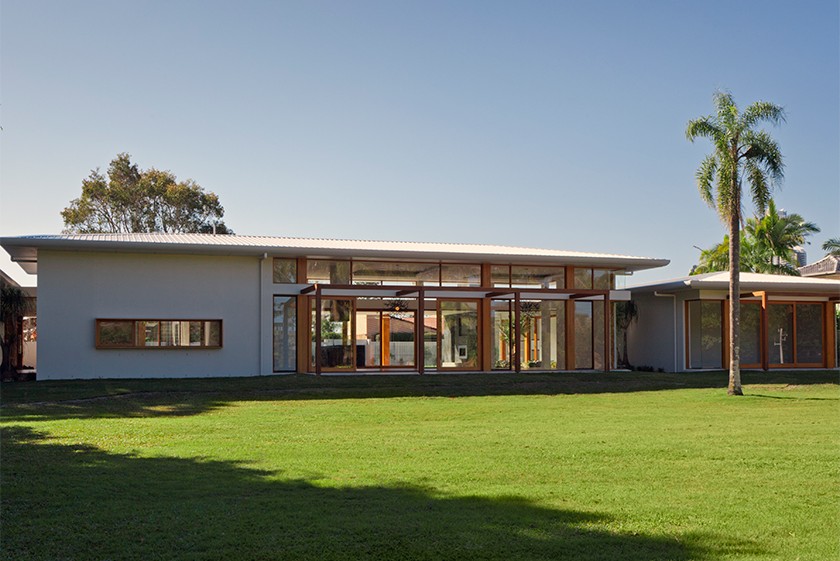
Pellentesque habitant highseastudio.com morbi tristique senectus et netus et malesuada fames ac turpis egestas. Vestibulum tortor quam, feugiat vitae, ultricies eget, tempor sit amet, ante. Donec eu libero sit amet quam egestas semper. Aenean ultricies mi vitae est. Mauris placerat eleifend leo. Quisque sit amet est et sapien ullamcorper pharetra.
Vestibulum erat wisi, condimentum sed, commodo vitae, ornare sit amet, wisi. Aenean fermentum, elit eget tincidunt condimentum, eros ipsum rutrum orci, sagittis tempus lacus enim ac dui.
Donec non enim in turpis pulvinar facilisis. Ut felis. Praesent dapibus, neque id cursus faucibus, tortor neque egestas augue, eu vulputate magna eros eu erat.
Aliquam erat volutpat. Nam dui mi, tincidunt quis, accumsan porttitor, facilisis luctus, metus
Comments are closed.
Developers have a huge selection of ways to build their web development environment. You can use “local” options, such as installing pre-built “all-in-one” server stacks, such as Zend Server, XAMPP, MAMP, WAMP, etc., or you can install the components yourself from source, or via package management systems like Homebrew, Apt, and Yum.
This can build up as you work on various projects with: PHP 5.3 and PHP 5.4, MySQL, SQLite, MongoDB, Postgres, PEAR, PHPUnit, Rails 3.1, Memcached, Redis, Gearman, NodeJS, etc. If you upgrade or you computer dies, you’ll have to start all over again.
You could use Linux for everything, but then you have to fight over which distribution to use. Forcing developers to use the same OS is going to lead to problems, reduced productivity and promoting nerd-fighting.
Developers have a huge selection of ways to build their web development environment. You can use “local” options, such as installing pre-built “all-in-one” server stacks, such as Zend Server, XAMPP, MAMP, WAMP, etc., or you can install the components yourself from source, or via package management systems like Homebrew, Apt, and Yum.
This can build up as you work on various projects with: PHP 5.3 and PHP 5.4, MySQL, SQLite, MongoDB, Postgres, PEAR, PHPUnit, Rails 3.1, Memcached, Redis, Gearman, NodeJS, etc. If you upgrade or you computer dies, you’ll have to start all over again.
You could have a “remote” setup, using a server on the network with Samba shares, or a SSH server mounted with a tool like ExpanDrive. The latter option can lead to latency on file reads/writes, which are extremely annoying. You could use SSH + Vim for everything, which is quick, but that only works if you want to use Vim for everything.
While you may be happy with how you are doing things right now, how many of you have heard (or said) “Well it works on my computer”. This is horribly common and it happens when environments differ by even the most trivial detail.
That might sound easy if you just think about installing Apache, PHP and some copy of MySQL, but there are a million factors to think about. If you are developing on OSX and deploying to an Ubuntu system, then you will notice fun issues with file capitalization. This is common in CodeIgniter, when somebody has a library with a lowercase first letter. It will load fine on OSX, but will break when deployed to production. Your development process might have just lost you some business, all because of some trivial OS difference that nobody thought of until it was too late.
Developers have a huge selection of ways to build their web development environment. You can use “local” options, such as installing pre-built “all-in-one” server stacks, such as Zend Server, XAMPP, MAMP, WAMP, etc., or you can install the components yourself from source, or via package management systems like Homebrew, Apt, and Yum.